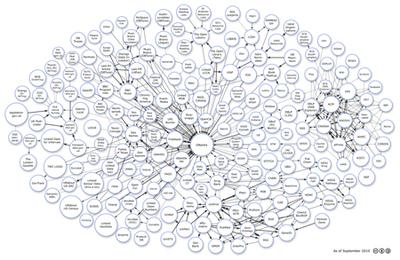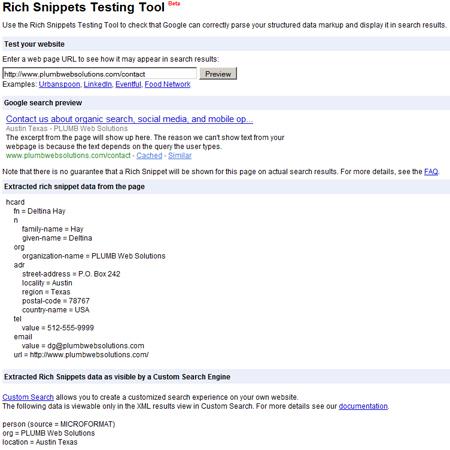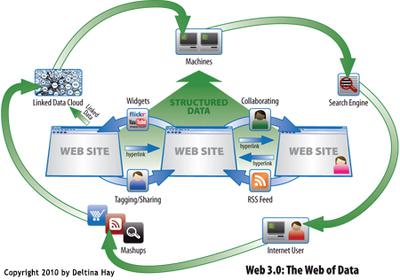
What Your WordPress Website May be Missing
There is a reason why WordPress powers nearly a quarter of the websites online today. WordPress is easy to use yet powerful enough to manage the largest websites. It is this ease of use, however, that makes too many WordPress websites less successful than they could be.
I am a big supporter of do-it-yourself website building. But it pains me to see so much work go into a website only to have the creators’ efforts go unrewarded because important elements of a healthy and successful website are o








